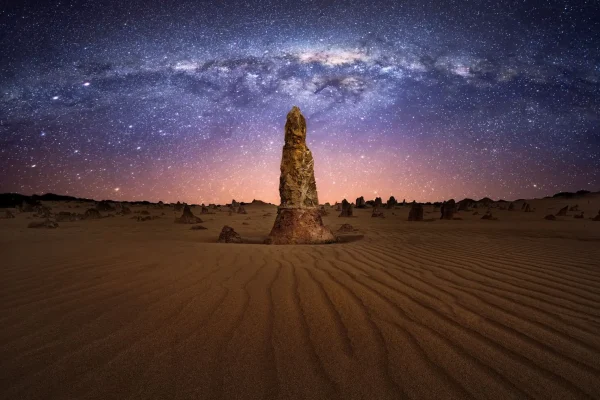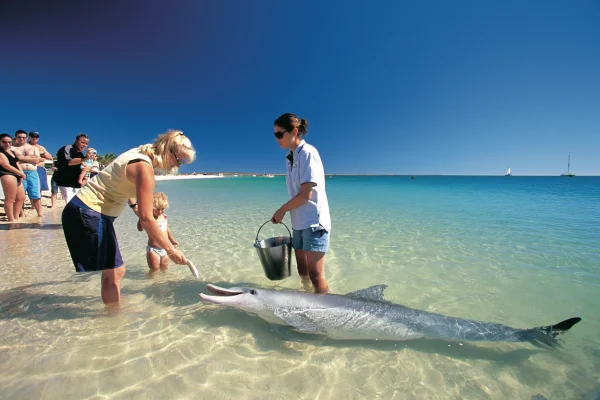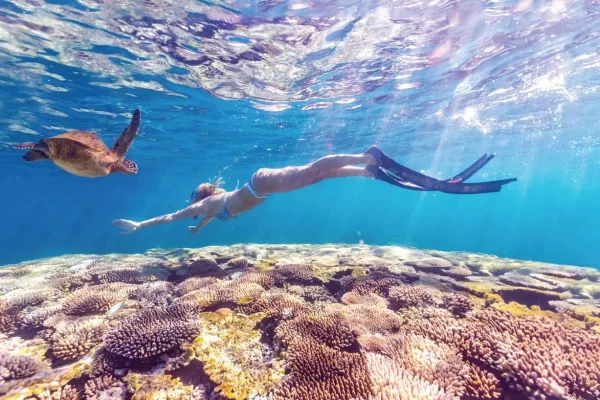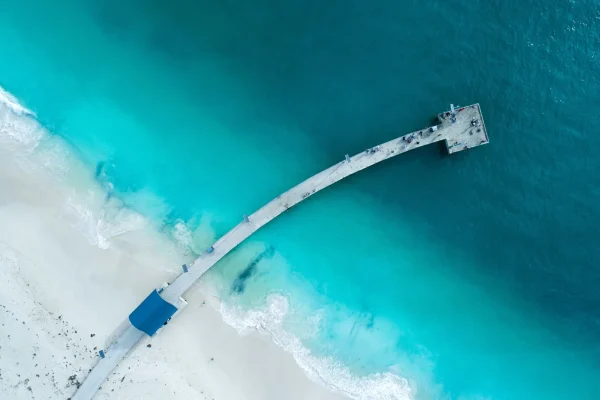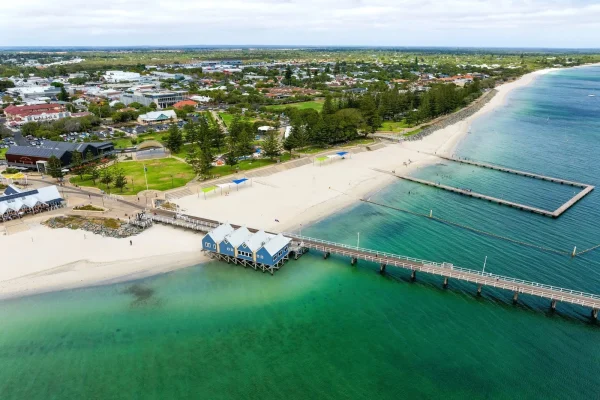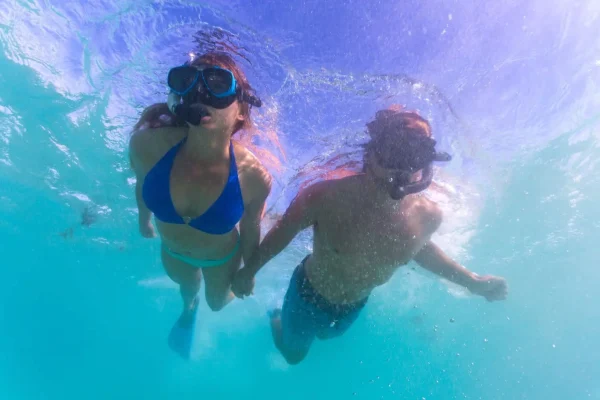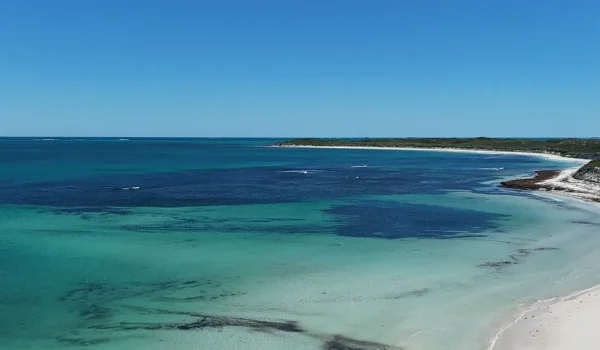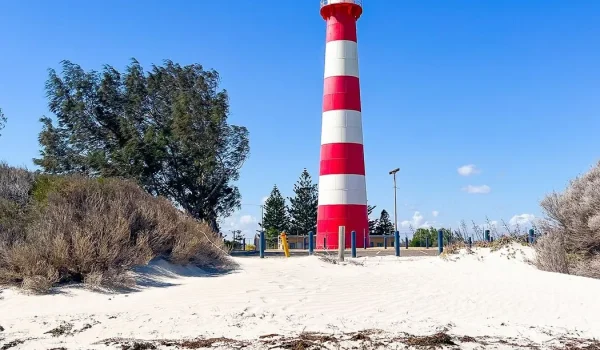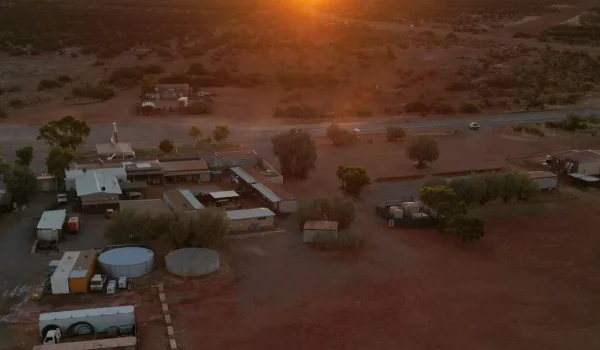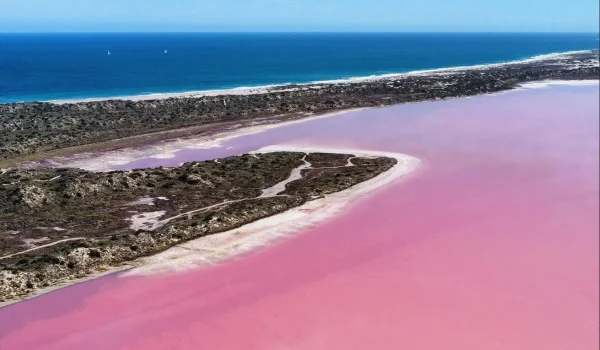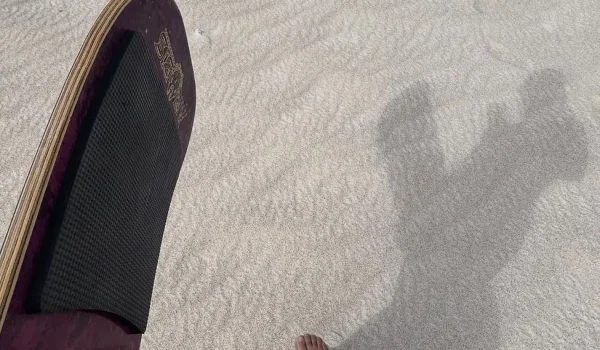Point Moore Lighthouse is one of those places that gets stuck in your memory — a big red and white sentinel on Yamaji Country in Western Australia’s Coral Coast. Locals call it Moore Point Lighthouse; it’s not just any lighthouse; it’s Australia’s tallest metal lighthouse and the oldest surviving cast-iron prefabricated steel tower on the mainland. As Paul Beames, I’ve stood in its shadow and felt the weight of nautical history and local legend blowing in with the salt air off Champion Bay.
Origins of the Historic Beacon
Geraldton grew as a cultural hub and port town in the late 1800s, serving the booming Midwest & Wheatbelt region. But before the lighthouse went up, the reefs off Point Moore were claiming more than their fair share of ships. The decision was made in London to fabricate the tower from cast iron and ship it over in pieces. By 1878, the prefabricated steel tower was bolted together on the dunes, ready to guard the harbour and keep trade flowing.
The first light used a kerosene wick lamp, tended by keepers who climbed all 176 steps daily to polish and refill it. By the early 1900s, it was upgraded to an incandescent-mantle lamp, increasing its range. Each new technology reflected the global march of maritime safety, but the responsibility always came back to the lonely figure of a keeper.
Local records mention Lady Louisa, the ship that brought vital supplies to Geraldton, guided in by Point Moore’s beam. Her safe passage sealed the lighthouse’s role in Geraldton’s survival and prosperity. Today, the light is fully automated but still part of Australia’s official Point Moore Lighthouse Category of navigation aids.
WA Coastal Facts
Travellers love the stripes, but the stats are just as impressive. These facts are worth tucking away:
| Fact | Details |
|---|---|
| Height | 34 metres (Australia’s tallest metal lighthouse) |
| Year completed | 1878 |
| Construction | Cast iron, prefabricated steel tower (England) |
| First light | 1 March 1878 |
| Original lamp | Kerosene wick lamp |
| Later upgrade | Incandescent-mantle lamp |
| Light range | 23 km (12 nautical miles) |
| Steps inside | 176 |
| Current status | Active navigation aid, fully automated |
| Distinguishing marks | T red, white bands (candy-stripe pattern) |
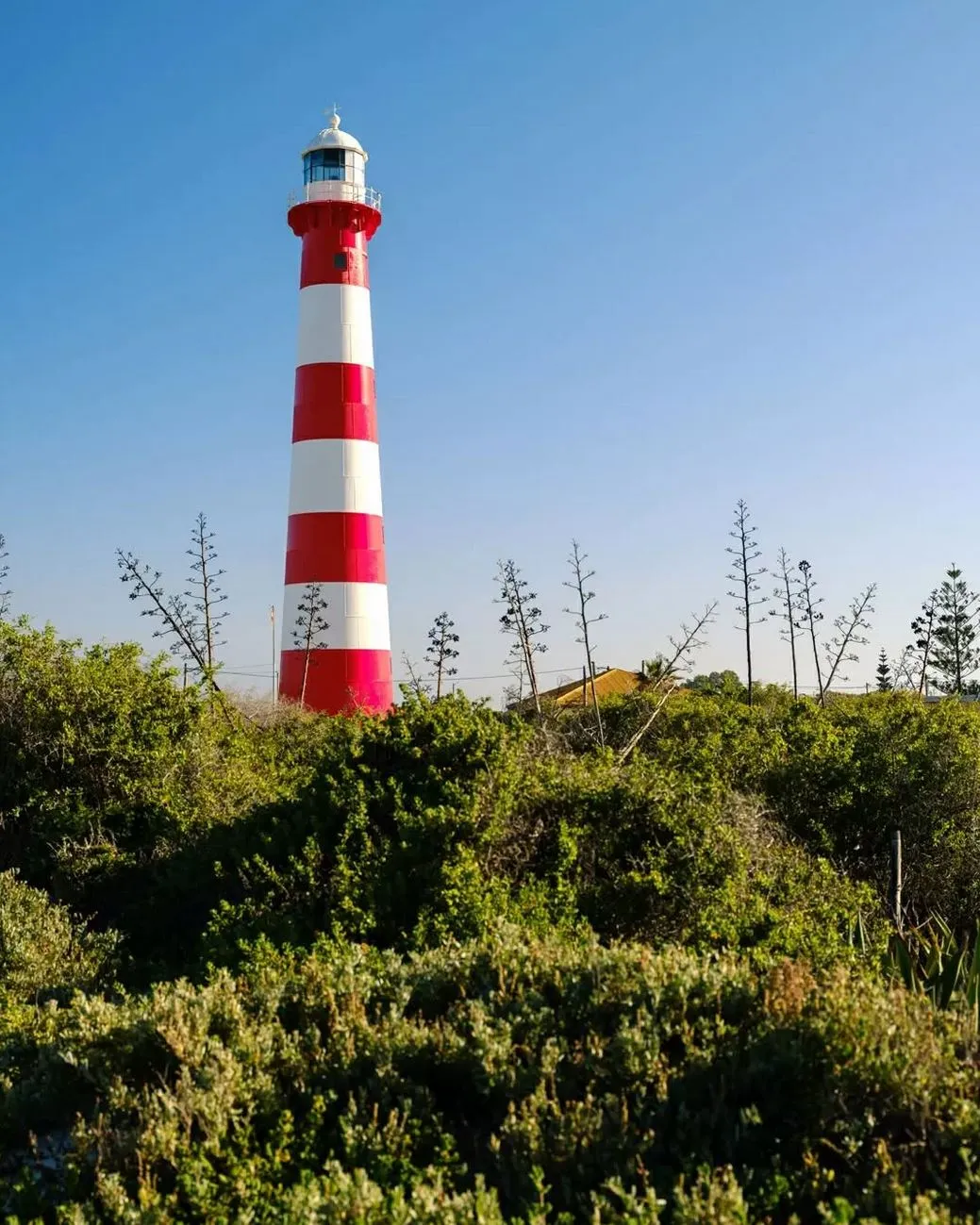
Local Legends and Stories
Lighthouses attract yarns like moths to a flame, and Point Moore is no exception. Some locals reckon you can still hear voices on stormy nights, echoes of sailors lost to the reefs. Others speak of strange lights seen offshore, sometimes linked to the ghostly outline of ships like the Lady Louisa.
Beyond the ghost stories, the lighthouse is woven into the lives of the Traditional Custodians, the Yamatji Peoples, who know this area as Yamaji Country. Stories told through Yamaji Yanda art and oral history remind us that this headland was significant long before Europeans raised their iron tower. Visitors are encouraged to respect that connection and remember that Aboriginal peoples are the First Australians, whose custodianship continues today.
Finding Your Way to the Lighthouse
The site is about 3km southwest of Geraldton’s CBD, right on the edge of Champion Bay. You can follow Point Moore Drive out past the port, or take a short detour if you’re tracing the Shark Bay World Heritage Drive up the Coral Coast.
- By car: The easy option, just 5 minutes from town.
- On foot: A longer walk in the heat, so pack plenty of water.
- By bike: Geraldton has bike paths, but the wind will test your legs.
Parking is easy, but the sandy tracks around the dunes can bog down caravans. The lighthouse itself is fenced — you can’t climb it — but there’s an information sign about its history and role in maritime safety.
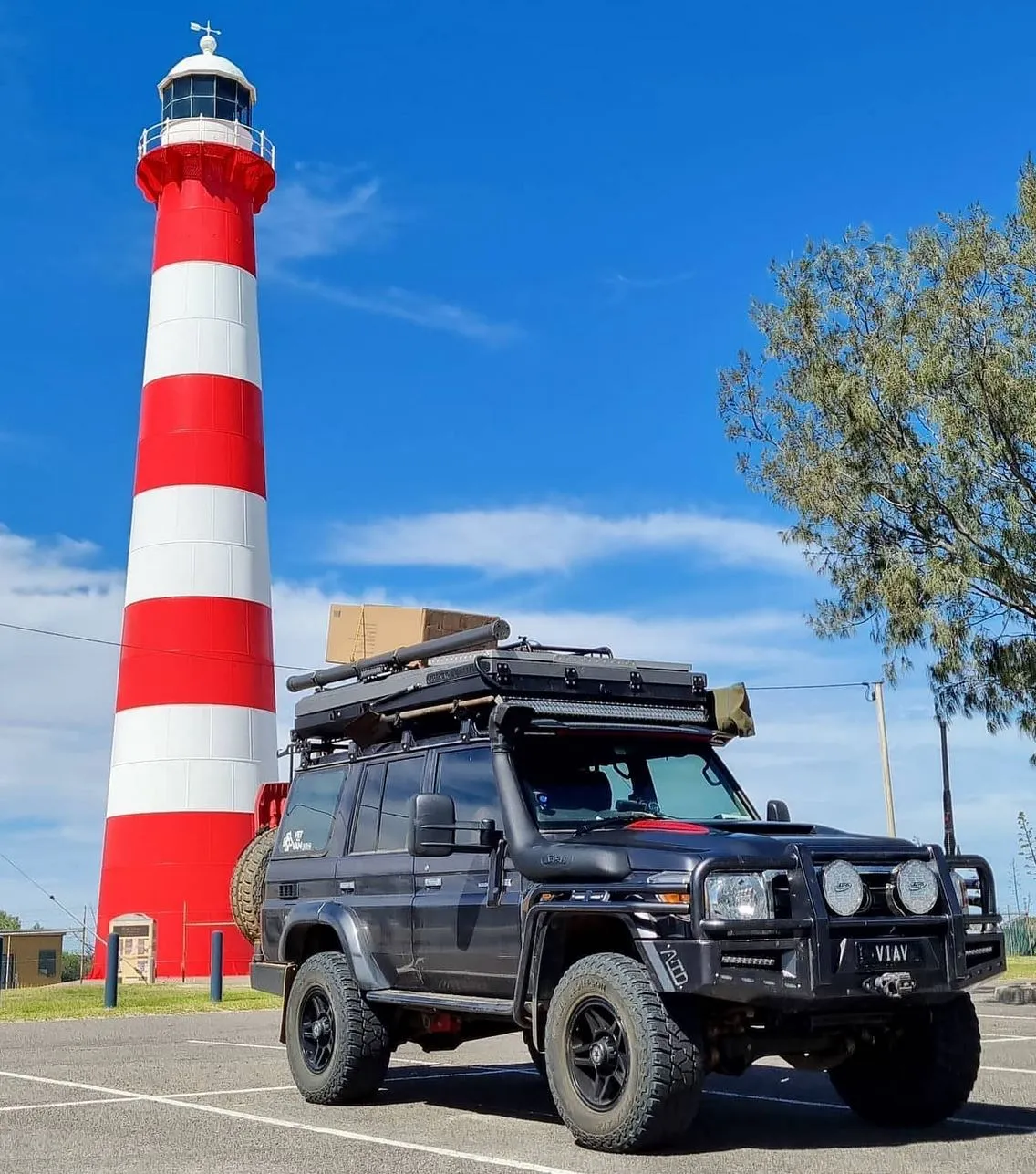
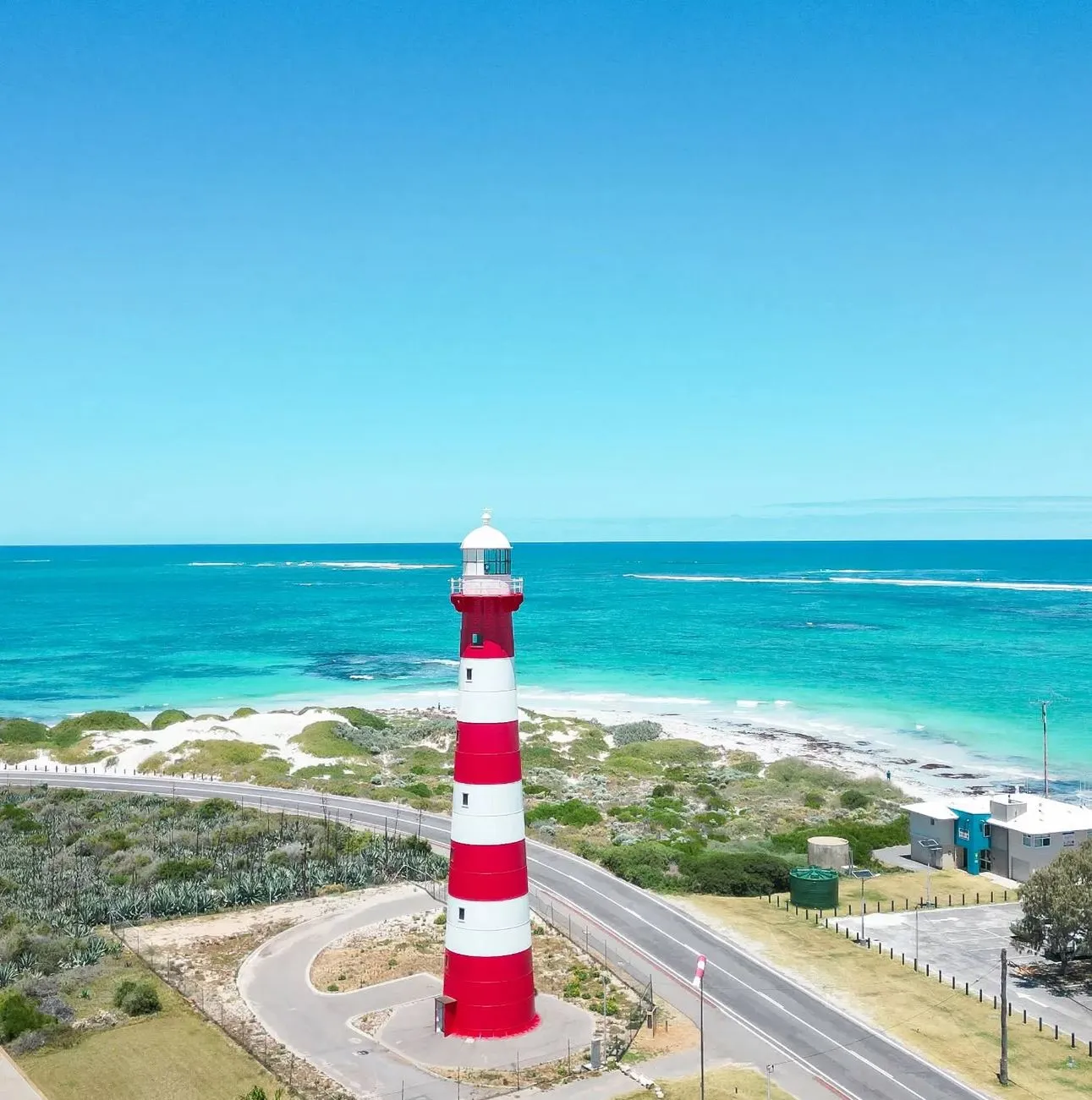
What to See and Do Around the Lighthouse
It’s not just about taking a photo and driving off. The surrounding area has plenty to offer:
- Beach walks: The coast around Point Moore is wild and windy — good for a stroll, but watch out for rough surf.
- Fishing: Locals fish off the beach, but conditions can get rough with swell and wind.
- Birdwatching: The dunes are home to seabirds and the odd osprey overhead.
- Sunset views: The lighthouse makes a great silhouette against a WA sunset.
- Camping nearby: You can’t camp at the lighthouse, but there are caravan parks in Geraldton close by.
One of my favourite tips: head down at dusk with a thermos and sit on the dunes. The sound of the ocean and the sight of that red-and-white tower glowing in twilight is pure WA.
Best Time to Visit
The Coral Coast is sunny, but timing is everything:
- Summer (Dec–Feb): Bloody hot, often over 35°C. Good light, but tough on travellers.
- Autumn (Mar–May): Calm seas, comfortable temps — perfect for walking.
- Winter (Jun–Aug): Cooler, rainier, but still mild compared to southern WA.
- Spring (Sep–Nov): Wildflowers inland, warm coastal weather, and fewer flies.
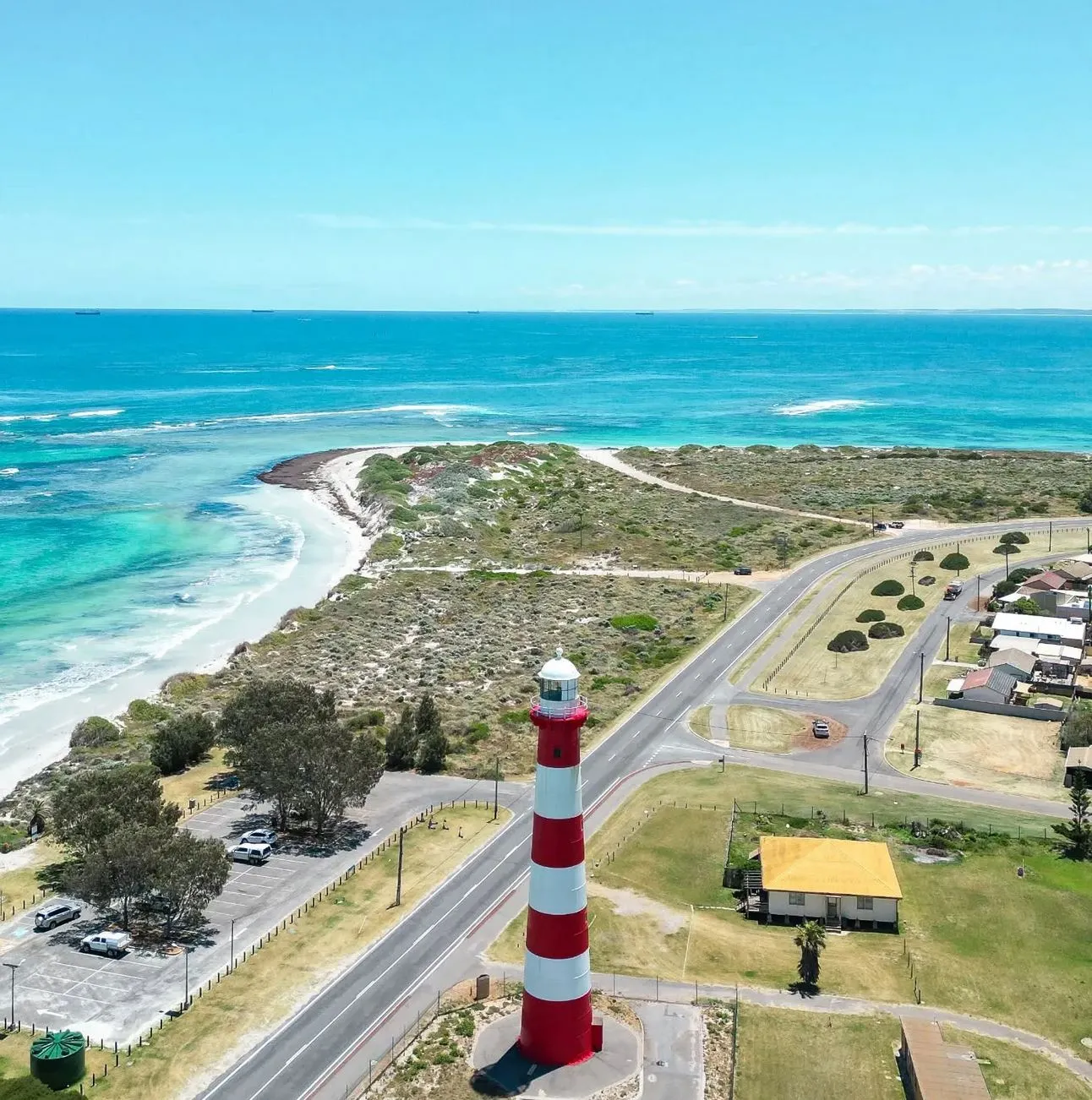
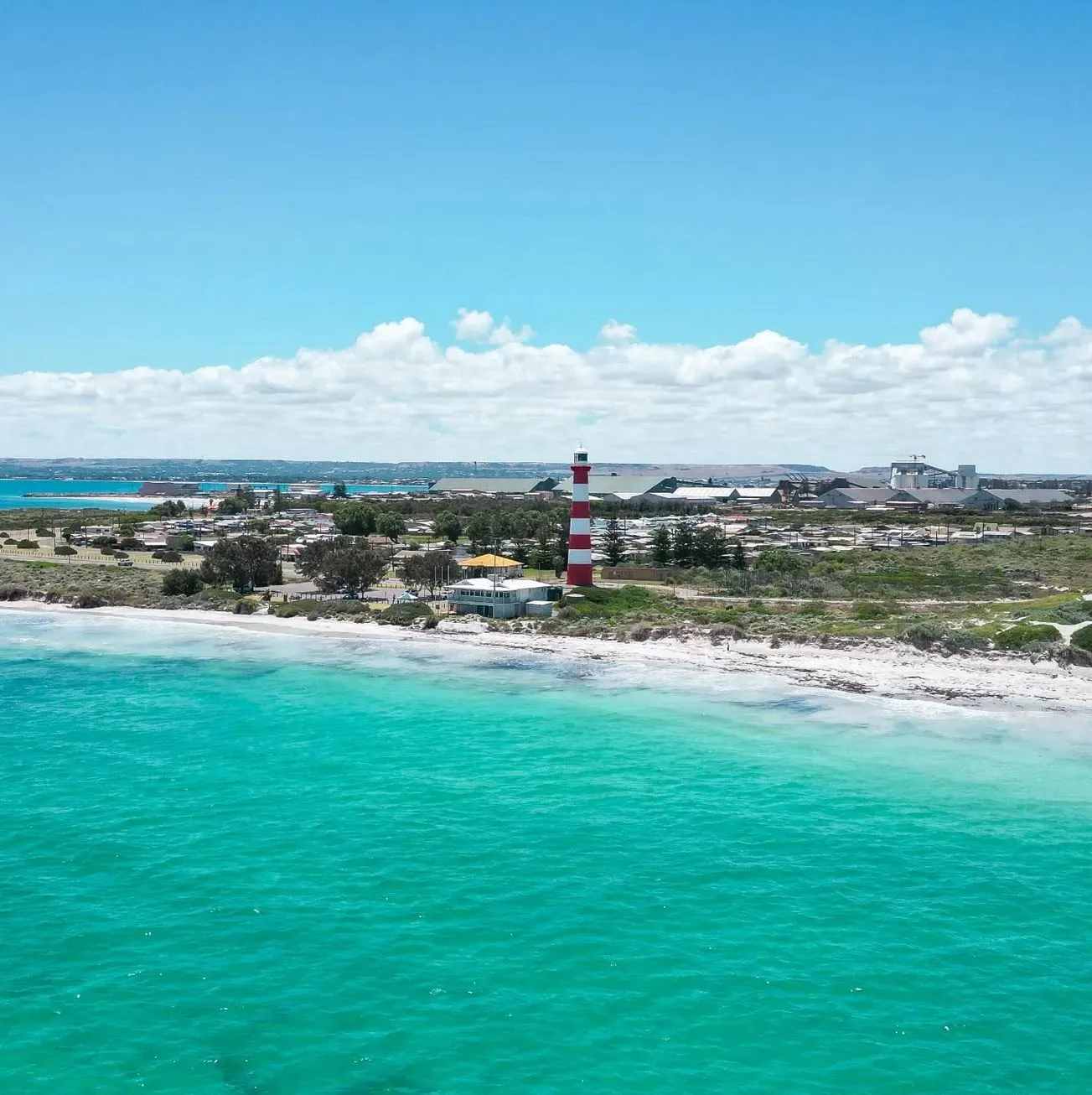
Checklist for Travellers
Here’s your no-nonsense prep list:
- Hat, sunscreen, and sunnies — Geraldton sun is fierce.
- Windbreaker for the Freo Doctor.
- Camera (or drone if you’re licensed — drones are restricted near port areas).
- Sturdy shoes for sandy tracks.
- Plenty of water.
- Respect for the Traditional Owners and interpretive signage.
- Time to explore other Coral Coast gems: Kalbarri Skywalk, Shark Bay, or even a Scenic Flight to the Abrolhos Islands.
If you’re planning a longer trip along WA’s west coast, you can easily link Point Moore into an itinerary that also takes in Shark Bay, Kalbarri and Monkey Mia — even joining a 4 Day Monkey Mia Tour from Perth will give you a chance to see how the lighthouse fits into the broader Coral Coast story.
FAQ
Can you go inside Point Moore Lighthouse?
No, public access is outside only. You can read the interpretive plaque, walk the dunes, and photograph them.
Is Point Moore Lighthouse the tallest in WA?
Yes — it’s the tallest metal lighthouse in Australia at 34 metres.
Who are the Traditional Custodians of Point Moore?
The site is in Yamaji Country, cared for by the Yamatji Peoples, who are the First Australians of this area.
What events include the lighthouse?
The Shore Leave Festival often has guided cultural and historical tours near the site.

